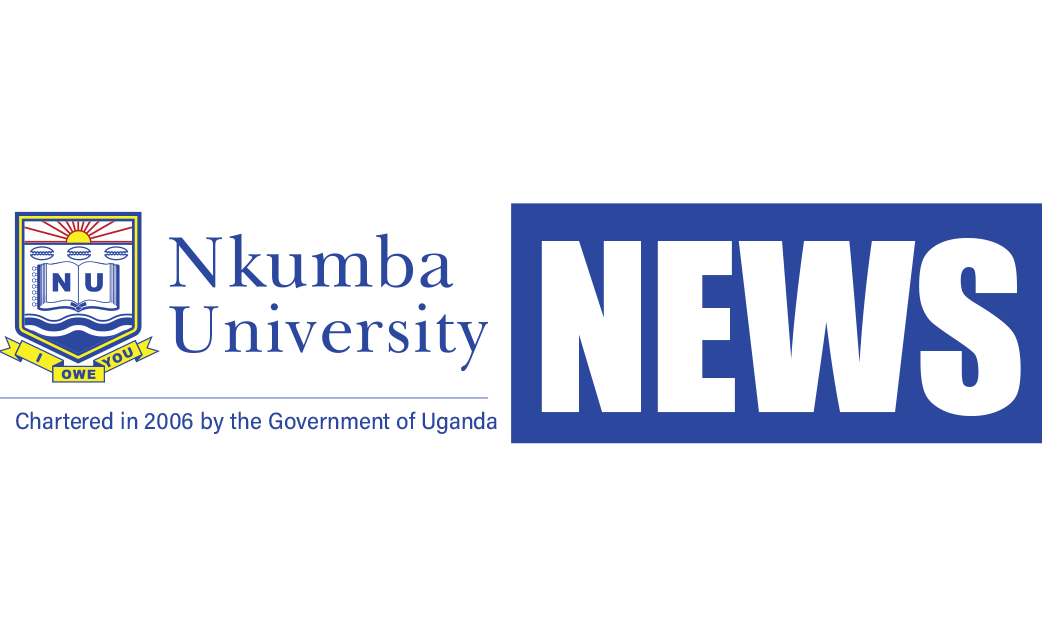World Cancer Day is an international awareness day led by the Union for International Cancer Control (UICC) and celebrated every February 4th.
As per WHO Regional Director for Africa, Dr Matshidiso Moeti, between 2022 and 2024, the focus of World Cancer Day is to help “Close the cancer gap.”
The Day was first celebrated on February 4, 2000, at the World Summit Against Cancer for the New Millennium in Paris. The Paris Charter’s mission is to promote research, prevent cancer, improve patient services, raise awareness, and mobilize the global community to make progress against cancer including the adoption of World Cancer Day.
Cancer, the second leading cause of death worldwide, has become a major health concern in the past decades. The silent killer that often goes undetected in its early stages, spreads insidiously before manifesting into noticeable symptoms.
According to the Global Cancer Observatory (GLOBOCAN), there were 19.3 million incident cancer cases worldwide for the year 2020.
Close to 10 Million people succumb to the disease annually and in every sixth death in the world is due to cancer.
Statistics at the Uganda Cancer Institutes (UCI) indicate a cancer frequency of 125.4 per 100,000 among males and 134.6 per 100,000 women in the central region alone.
As one of the world’s largest health burden cancer treatment in Uganda is said to be one of the highest globally.
Dr. Allen Kabagenyi, the Principal Investigator from the School of Statistics and Planning, CoBAMS, Makerere University says, “to access treatment and care services at the Uganda Cancer Institute (UCI), patients spend on average 300,000 Uganda shillings on a single visit,” although some spend to as high as 800,000.
To amplify the fight against cancer, and reduce cancer treatment costs, the Uganda Cancer Institute through the Ministry of Health acquired equipment used in the fields of radiation oncology (radiotherapy) and nuclear medicine.
The machines include two state-of-theart linear accelerators, two high dose rate (HDR) brachytherapy machines, and one SPECT CT scan. Radiotherapy machines are used to treat a variety of cancers as well as benign conditions such as keloids.
The acquisition of the equipment sought to not only minimize costs but also improve access to quality cancer radiotherapy and reduce treatment waiting times for patients.



















Discussion about this post